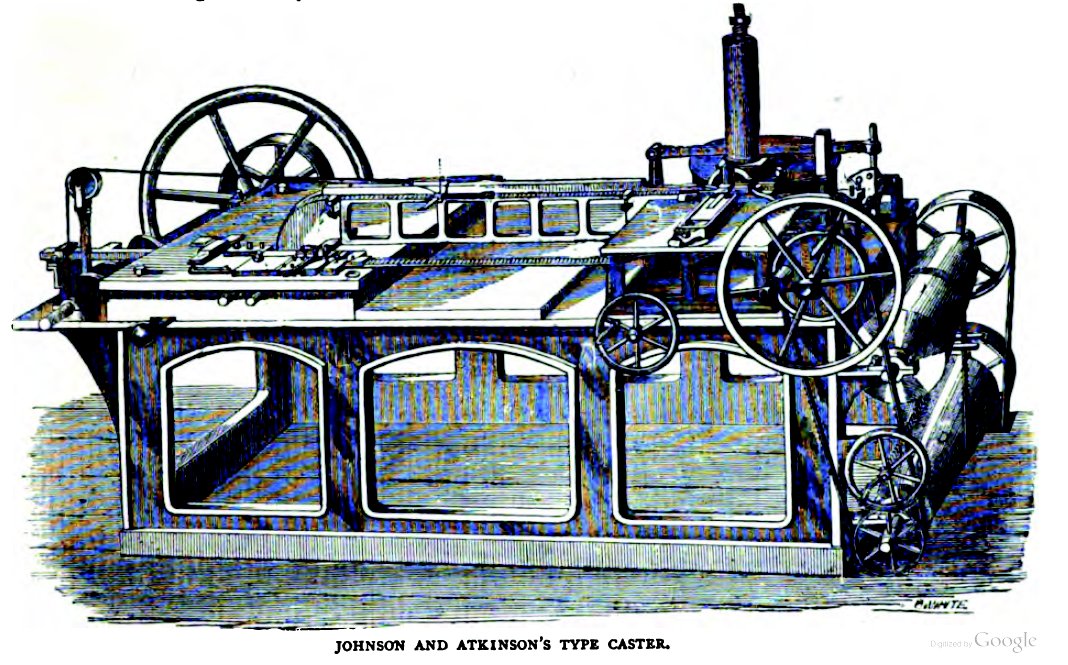When migrating from MySQL to PostgreSQL, you need to implement a proper Project Methodology. Your migration budget is then splitted in those 4 areas:
- Migrating the Data
- Migrating the Code
- Migrating the Service
- The Opportunity Cost
Migrating the Data
pgloader implements fully automated migration from MySQL to PostgreSQL in a single command line:
$ pgloader mysql://user@host/dbname pgsql://user@host/dbname

A Type Caster
More complex scenarios are of course possible:
$ pgloader f1db.load
With the following f1db.load command:
load database
from mysql://root@localhost/f1db
into pgsql:///f1db
with concurrency = 2,
multiple readers per thread,
rows per range = 50000
prefetch rows = 1000000;
The result then looks like the following on my laptop:
LOG Data errors in '/private/tmp/pgloader/'
LOG Parsing commands from file #P"/Users/dim/dev/pgloader/test/mysql/f1db.load"
LOG report summary reset
table name errors rows bytes total time
------------------------- --------- --------- --------- --------------
fetch meta data 0 33 0.461s
Create Schemas 0 0 0.001s
Create SQL Types 0 0 0.007s
Create tables 0 26 0.218s
Set Table OIDs 0 13 0.007s
------------------------- --------- --------- --------- --------------
f1db.circuits 0 73 8.5 kB 0.035s
f1db.constructorresults 0 11052 184.6 kB 0.212s
f1db.constructors 0 208 15.0 kB 0.026s
f1db.drivers 0 840 79.6 kB 0.052s
f1db.laptimes 0 417743 10.9 MB 5.025s
f1db.constructorstandings 0 11806 247.3 kB 0.226s
f1db.driverstandings 0 31509 714.0 kB 0.886s
f1db.pitstops 0 5927 198.7 kB 0.410s
f1db.races 0 976 98.4 kB 0.304s
f1db.seasons 0 68 3.9 kB 0.145s
f1db.qualifying 0 7337 279.0 kB 0.216s
f1db.results 0 23597 1.3 MB 0.688s
f1db.status 0 134 1.7 kB 0.040s
------------------------- --------- --------- --------- --------------
COPY Threads Completion 0 4 5.626s
Create Indexes 0 20 2.548s
Index Build Completion 0 20 1.150s
Reset Sequences 0 10 0.078s
Primary Keys 0 13 0.020s
Create Foreign Keys 0 0 0.000s
Create Triggers 0 0 0.000s
Install Comments 0 0 0.000s
------------------------- --------- --------- --------- --------------
Total import time ✓ 511270 14.0 MB 9.422s
As the goal for pgloader is for the migration to be fully automated and part of your CI/CD nightly jobs, it is also possible to add type casting rules to the command.
Here’s a more complex example:
load database
from mysql://root@unix:/tmp/mysql.sock:3306/pgloader
into postgresql://dim@localhost/pgloader
alter schema 'pgloader' rename to 'mysql'
CAST column base64.id to uuid drop typemod drop not null,
column base64.data to jsonb using base64-decode,
type decimal when (and (= 18 precision) (= 6 scale))
to "double precision" drop typemod
before load do $$ create schema if not exists mysql; $$;
In this example you can see that we chose to cast the column id of the
base64 table to the uuid type in PostgreSQL. Read the pgloader
reference documentation for all
the details about the casting rules.
Migrating the Code
First setup a CI/CD fork using PostgreSQL, then see the FAQ here for more details about that step.
Migrating the Service
This needs to be carefully planned to. Check about your allowed downtime and if the migration runs fully within that window, as it’s the easier to implement, always.
Other option such as incremental migration or replication from MySQL to PostgreSQL are possible. They come with complexity that is best avoided, though. Keep it as Simple as you can.
Often enough, the source database contains tables that receive very low DML
trafic (that’s insert, update, and delete). Then you can migrate those
tables ahead of schedule, and only migrate the live tables during the
downtime window.
To implement that, pgloader implements the following clauses in its command language:
INCLUDING ONLY TABLE NAMES MATCHING ~/film/, 'actor'
EXCLUDING TABLE NAMES MATCHING ~<ory>
Use that to split your migration into the archive parts and the live parts if you have to.
Opportunity Cost
While you’re working on the migration, you are not implementing those new shiny features that the Product department is waiting for. Everybody needs to understand that you’re busy migrating, and that the new system is going to be so much better off using PostgreSQL.